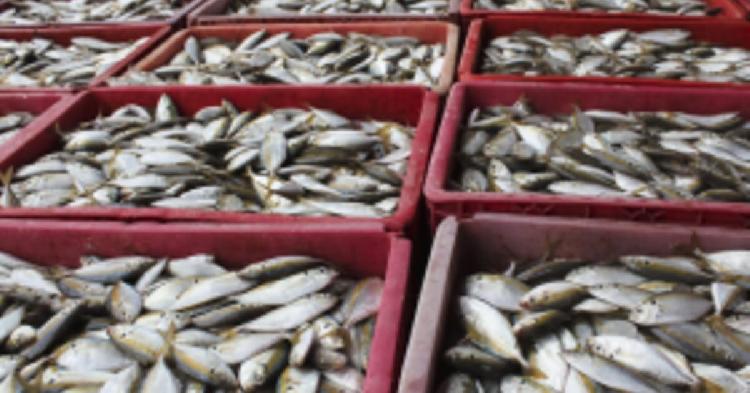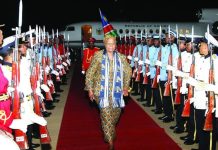Africa-Press – Namibia. THE Ministry of Fisheries and Marine Resources is forging ahead to revive the country’s aquaculture industry.
Aquaculture was first introduced by the late minister of fisheries and marine resources Abraham Iyambo after the adoption of the Aquaculture Act in 2002, which governs the establishment, administration and conduct of aquaculture operations in water and on land. Although the ministry still has a directorate, freshwater aquaculture production has remained low.
However, with the support of German development agency GIZ and the Southern African Development Community (SADC), the ministry recently roped in Alushe Hitula, who is the national consultant on the alignment of aquaculture strategy for Namibia and the SADC region.
Hitula recently facilitated a workshop on the national strategic aquaculture plan. The focus was to determine what key priority areas the ministry needs to focus on to develop this sector. Hitula says the five-year plan has now been completed, and the workshop was merely to validate the national aquaculture strategy.
“We see from the process it is going to cost quite a bit of money for us to get this sector going. The annual cost for the strategic plan is estimated at about N$65 million, and approximately N$230 million over the initial five-year period.
“The aquaculture strategic plan is a 10-year plan. In the first five years we need to plan better for the sector, particularly for small and medium enterprises. We want to see more women and young people participating in these sectors,” she says.
She says for the plan to be executed, the fisheries ministry should be able to provide the sector with services and support. SADC counterparts developed the workshop to help ensure that Namibia’s strategic plan is in line with the region’s aquaculture strategy.
“SADC has identified that Namibia has a competitive advantage, particularly in abalone farming. In comparison to other SADC member states, Namibia can actually develop its abalone industry to become a very strong player in the SADC region,” Hitula says.
In Namibia, aquaculture is divided into two subsectors: inland freshwater aquaculture and mariculture along the coast, with oysters, abalone, and more recently, salmon farming.
On inland freshwater aquaculture Hitula says there are many new farmers who are particularly interested in integrating fish production with crop production.
“This is because we all know the two subsectors make use of water as a common resource. You have farmers who are currently farming, say with crops and livestock, but they have water available and want to start fish farming,” she says.






